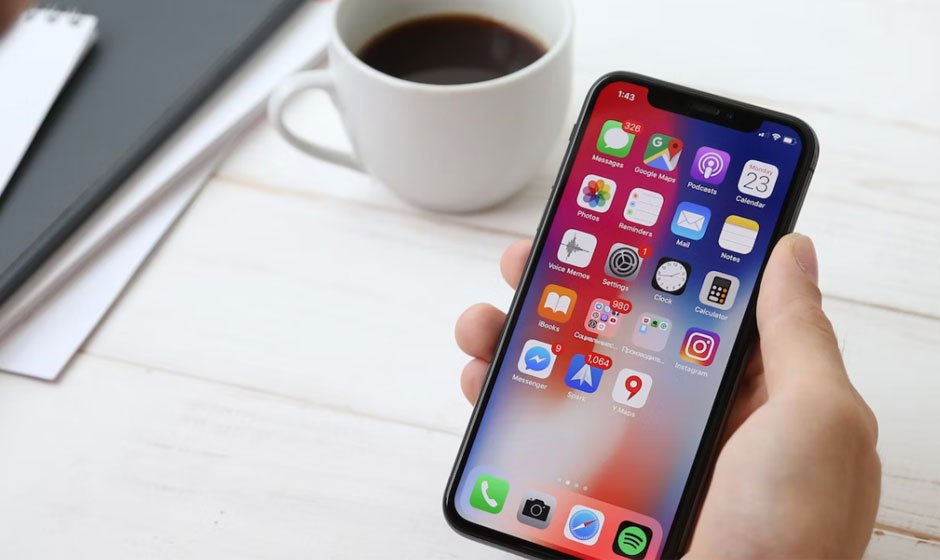Smartphone usage has revolutionized how businesses deliver services and products to the global audience. Many promising trends and innovations are emerging to ease accessing mobile applications, mainly for users with disabilities. These trends have been the primary option during mobile app development. We shall discuss the trends and innovations that has got the potential to impact the future of mobile app accessibility positively.
Trends and Innovations for Mobile App Accessibility
Voice User Interfaces (VUI):
Interacting with the applications using physical touch has been overtaking with the advent of voice technology, enabling users to interact with mobile applications through voice commands. Using VUI helps users with visual impairments or motor disabilities with hands-free and eyes-free interaction options. Voice recognition and natural language processing technologies provide the best VUI user experience. The trend shows that more applications will incorporate VUI capabilities to serve more diversified users globally.
Gesture-based interactions:
The best app development software in today’s smartphone world should be able to provide excellent accessibility to a wide range of audiences globally, alongside reducing dexterity or mobility impairments. Gesture-based interactions reduce physical activity like button presses, enabling users to interact with apps using swipe, pinch, or multi-touch options.
Augmented Reality (AR) for Accessibility:
Enterprises aim to make the best use of Augmented Reality’s potential to enhance accessibility in multiple ways. For instance, it can provide real-time visual assistance to users with visual impairments, overlaying the contextual information on the physical environment. Using AR, individuals with mobility impairments can navigate and get help finding a way.
Accessibility through Artificial Intelligence:
Mobile apps can extend their accessibility to a wide range of users with the help of Artificial intelligence technologies like machine learning and computer vision. Visual intelligence has been generating image descriptions, and this AI-powered feature provides real-time video captioning and enhances speech recognition accuracy. AI innovations also help users to personalize accessibility based on the type and level of disabilities. Enterprises consider the best app development software possible if it can accommodate all AI innovations put together today to serve a wider global audience.
Haptic Feedbacks:
Haptics like vibrations and tactile cues can also help users to enhance accessibility by providing sensory inputs, which enhances user interaction with smart gadgets and improves user experience and accessibility. Haptics acts as a feedback to the users, like alerting the user in case of wrong input or confirming the action to submitting sensitive information to the websites with the risk of misuse. Individuals seeking confirmation of their activities through touch or users with visual impairments can use haptic feedback.
Design Practices:
Developers prefer inclusive design practices while creating applications that provide accessibility to users regardless of their abilities. This approach includes considering versatile user requirements and developing the application as per the requirement starting from the initial stage. Design practices set accessibility as one of the core principles of mobile applications and conduct usability testing with users with particular impairments. Aiming for a more holistic and inclusive user experience, design practices, and feedback considerations will play a vital role.
Integrating Wearable Technologies:
Wearable devices like smartwatches and fitness trackers provide more opportunities to develop apps for accessibility. Wearable technology helps deliver notifications, alerts, and important information directly to the users’ smart gadgets eliminating the need to look at mobile phones and making app usage more accessible for users with visual or hearing impairments. An application inbuilt with wearable technologies can not only ease accessibility to the users but also extends the application’s reach to a broader audience using accessible technology.
User Involvement:
Considering user feedback as the key for enhances user experience, the development team can collaborate with users with disabilities and involve them in the app development process. This procedure can be crucial for creating truly accessible mobile applications. Engaging the designers and users as co-designers allows app developers to test application functionality consistently and gather feedback.
Accessibility awareness is directly proportional to technological advancements, and the future of mobile app accessibility will have more potential in creating inclusive mobile apps that serve a more comprehensive range of users irrespective of their abilities or disabilities. Leveraging these trends and innovations in mobile applications will ensure a great user experience for every individual and enhance the application engagement rate. Developers play a vital role in adopting these innovations and integrating these ongoing trends with business models to yield the best mobile application with greater accessibility.

